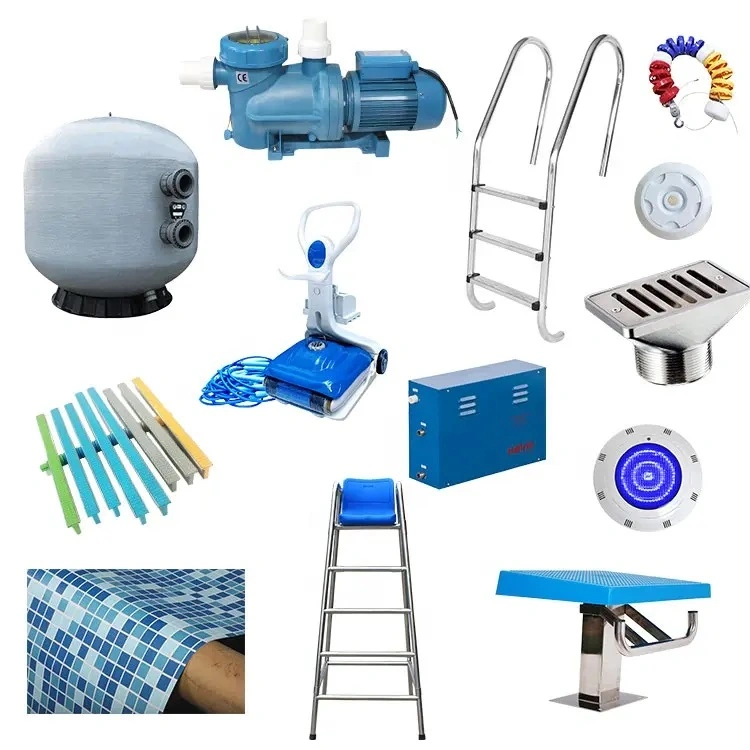The Ultimate Guide to Brick Production Line: Efficiency, Setup, and Cost Optimization
Brick Production Line Efficiency
A modern brick production line is designed to maximize output while minimizing waste and energy consumption. By integrating automated systems, manufacturers can achieve consistent quality and reduce labor costs. Key components include mixers, conveyors, and curing chambers, which work together to streamline operations. For businesses aiming to scale, investing in an efficient setup is crucial for long-term profitability and sustainability.
Automation in Brick Manufacturing
Automation plays a pivotal role in enhancing brick production line performance. Advanced control systems monitor material ratios, moisture levels, and firing temperatures, ensuring each brick meets industry standards. This reduces human error and accelerates production cycles, making it ideal for high-volume projects.
Setting Up Your Brick Production Line
Establishing a brick production line requires careful planning, from site selection to machinery installation. Start by assessing raw material availability, such as clay or concrete, and ensure adequate space for equipment and storage. Partnering with reliable suppliers for components like the brick production line machinery can simplify setup and maintenance.
Cost-Effective Installation Tips
To optimize costs, consider modular systems that allow phased expansion. Regular staff training on operational protocols minimizes downtime and extends equipment lifespan. Additionally, leveraging energy-efficient technologies can lower utility expenses over time.
Cost Optimization Strategies
Reducing expenses in brick manufacturing involves analyzing every stage of the production line. Implement predictive maintenance to avoid costly repairs and source raw materials in bulk for better pricing. Monitoring energy usage and recycling waste materials further contributes to savings.
Budget-Friendly Material Sourcing
Local material procurement cuts transportation costs, while using alternative aggregates like fly ash can reduce environmental fees. Regularly reviewing supplier contracts ensures you get the best deals without compromising quality.
Frequently Asked Questions
What is the average lifespan of a brick production line?
With proper maintenance, a well-built line can last 15–20 years, depending on usage and component quality.
How can I improve the efficiency of my existing setup?
Upgrade to automated controls, conduct energy audits, and train operators on best practices to boost productivity.
Take Action Today
Ready to enhance your brick manufacturing process? Explore our tailored solutions and expert support to build a reliable, cost-effective production line. Contact us now for a personalized consultation!
